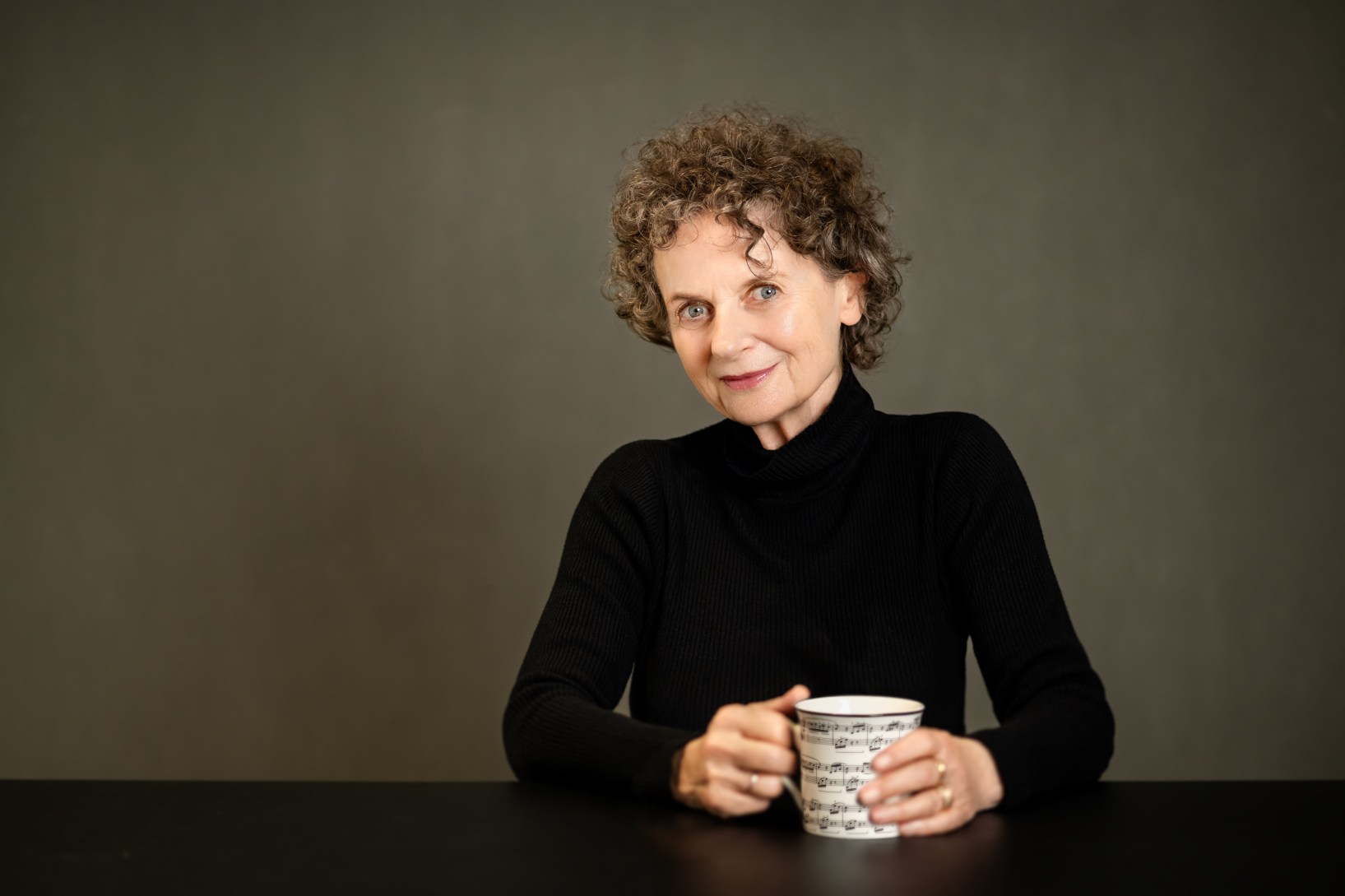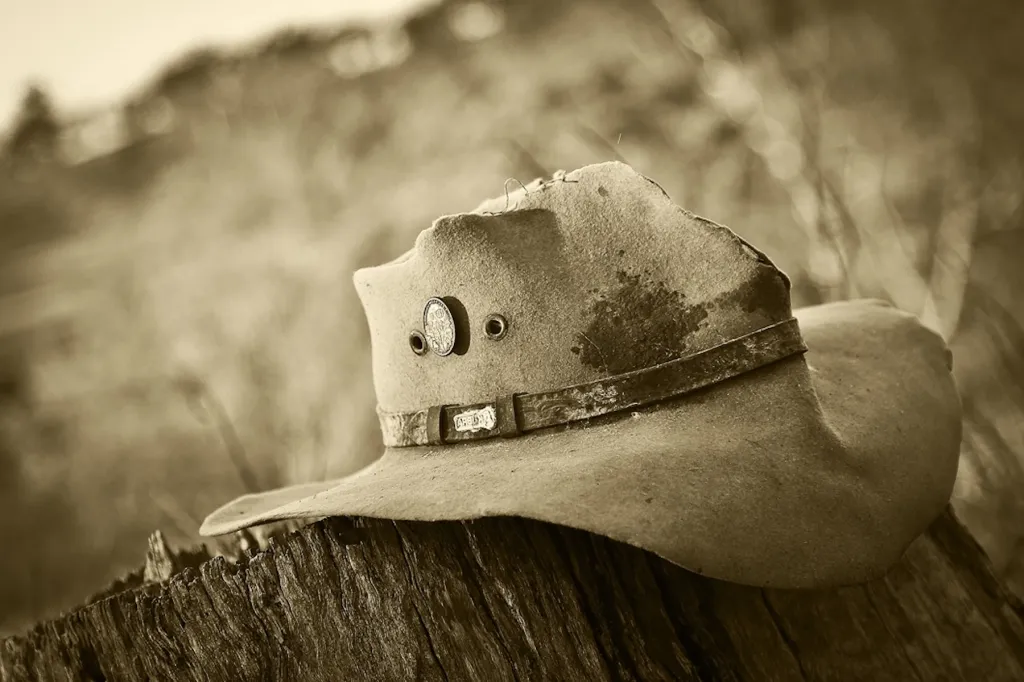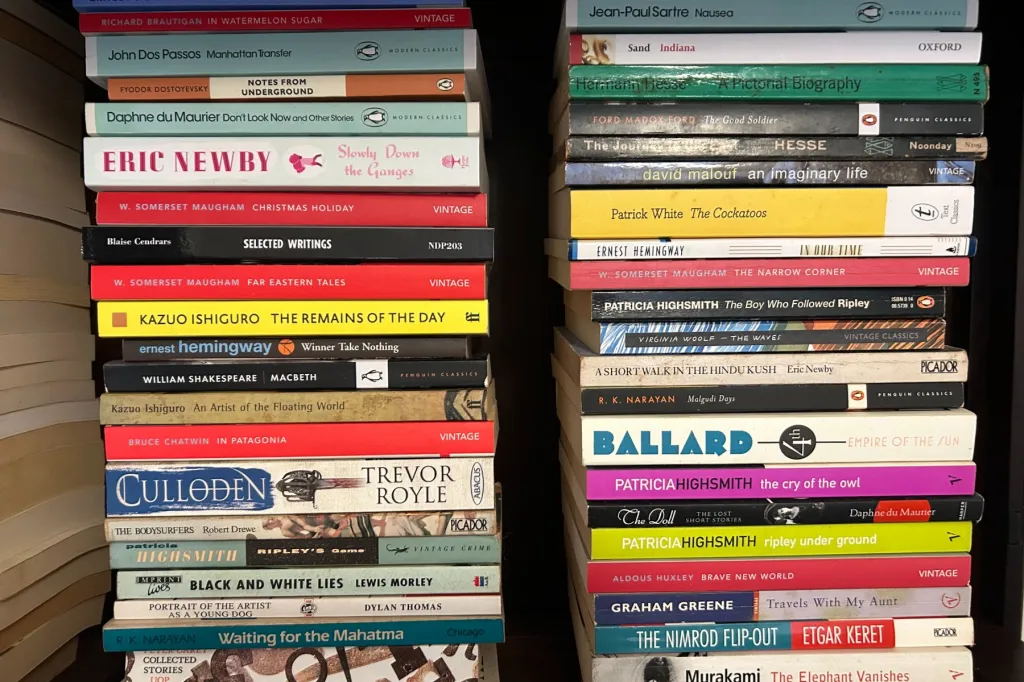Bury me deep in love … wordsmith’s new page-turner probes what lies beneath
Andrea Goldsmith has long been one of the most interesting voices in Australian letters and her new novel is nothing short of masterful.

At 74, Andrea Goldsmith is one of Australia’s most established and gifted writers though she is yet, in this reviewer’s opinion, to receive her due as one of our single greatest wordsmiths.
With The Buried Life, her ninth novel, she has written a sweeping, emotionally sensitive and elegiac work that is perhaps her greatest literary achievement yet.
A masterful study of three interconnected individuals, The Buried Life takes its title from the English poet Matthew Arnold’s poem of the same name and particularly the stanza that reads: “But often, in the world’s most crowded streets / But often, in the din of strife / There rises an unspeakable desire / After the knowledge of our buried life.”
At the heart of Goldsmith’s narrative are university professor Adrian, papermaker Kezi and town planning consultant Laura.
Fortysomething Adrian’s area of study and expertise is death and death culture, two topics that permeate every aspect of this novel, in ways both overt and more concealed.
In many ways, The Buried Life is as much about a person’s rediscovery of long buried dreams and experiences as it is about death, both literal and metaphorical, exploring the tiny deaths each of us experiences in day-to-day existence as well as the finality of physical death.
You might like
When we meet Adrian, he is gathering material for his latest monograph. Tentatively titled Graveyard Lyrics, it is a study of poetry, prose and song lyrics about death, and he is frustrated at his stymied progress with writing the book itself.
Adrian is referred to humorously by his colleagues as “Doctor Death” and finds himself increasingly unable to separate his personal experiences of death and dying from his academic work. His personal past is encroaching on his professional present and the inability to keep the two apart eventually renders him resigned to somehow finding a way to comfortably and sensitively integrate them.
Orphaned in his formative years – his mother died of cancer and his father later committed suicide – Adrian was raised by his grandparents. His only memories of his parents are courtesy of the video footage and photographs he was shown, narrated by their memories and stories of their children.
Adrian’s close friend and unofficial “little sister” Kezi, 28, is also dealing with being an orphan, of sorts. Raised in a strict and conservative Pentecostal sect, when she came out as queer she was shunned by the community that was her whole life.
After leaving home at 16 with nothing but the clothes on her back and an old transistor radio that she grew up listening to, she has slowly built a good life for herself, working as a part-time call centre operator and a bespoke papermaker. But Kezi is haunted by the ghosts of her religious past and by questions about why her parents were able to stop loving her and exile her from their lives.
She is still in contact with her older brother, Luke, who is now a church elder, but struggles to deal with his frequent exhortations that she should simply repress her sexuality, apologise to their parents and thereby return to the apparently loving bosom of the religious community.
Subscribe for updates
Laura, too, finds herself trapped in a sort of exile. At almost 60, she has been married since her late teens to Trevor, a second-rate university academic who has been toiling to no avail for more than 15 years on his “great novel”. Trevor uses his sharp tongue, and even more cutting criticisms of her, to keep her in her place and emotionally dependent on him.
Although the two live a materially good life, it is Laura whose work is financially successful and allows her husband his expensive indulgences of international travel, Italian fountain pens and bespoke calfskin boots, none of which she begrudges him, so worn down is she by his constant criticism and snarky putdowns.
their coming together feels in no way false or unbelievable
Adrian and Laura cross paths one afternoon at a cheesemonger, both having gone to buy cheese and baguettes for lunch. It is here that they meet, banter and decide to lunch together in a nearby park.
It is to Goldsmith’s credit as both a storyteller and a writer that their coming together feels in no way false or unbelievable, and nor do the eventual ways in which their lives become inextricably bound together – with one another and with Kezi.
The “buried life” of which Arnold writes about in his poem is a life longed for and unlived, submerged beneath the detritus of an existence we do live and, therefore, buried deep within us.
Throughout their lives, Adrian, Kezi and Laura have all died what the English writer Clive Barker called countless “tiny deaths on [their] way to the last”. The extent and details of these tiny deaths are gradually revealed by Goldsmith in measured, deeply affecting prose suffused with tenderness, fragility and frailty.
The Buried Life is a quietly superb study of life, death, loss and the luminous spaces that exist – unexplored and undiscovered – between the undefined borders of the three interlocked and overlapping states of being.
The Buried Life by Andrea Goldsmith, Transit Lounge, $34.99.

